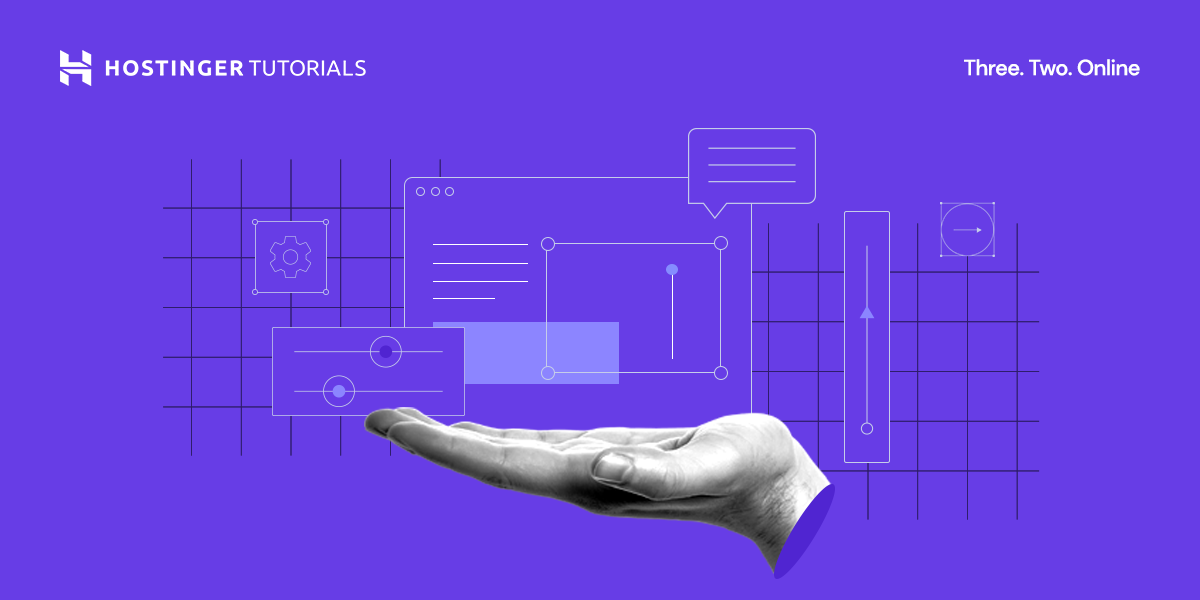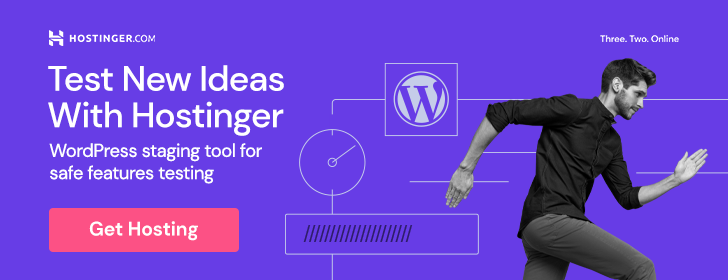Conversion Rate Optimization: Strategies To Turn Visitors Into Customers
Have you ever wondered why some websites have a high number of visitors, but very few of them actually convert into customers? This article will provide you with valuable strategies to optimize your conversion rates and turn your website visitors into loyal customers.
Understanding Conversion Rate Optimization (CRO)
Conversion Rate Optimization (CRO) is the process of increasing the percentage of users who take a desired action on your website. These actions could include making a purchase, signing up for a newsletter, or downloading a resource. By optimizing your conversion rates, you can maximize the value of your website traffic and generate more revenue for your business.
Why is CRO Important?
CRO is crucial for any business because it directly impacts your bottom line. By increasing the number of visitors who convert into customers, you can improve your return on investment (ROI) and grow your business. In today’s competitive online landscape, optimizing your conversion rates is essential to stay ahead of the competition.
Identifying Your Conversion Goals
Before you can optimize your conversion rates, you need to clearly define your conversion goals. These goals will depend on the nature of your business and what you want to achieve with your website. Whether it’s driving sales, generating leads, or increasing sign-ups, knowing your conversion goals is the first step towards improving your website’s performance.
Setting SMART Goals
When setting your conversion goals, it’s important to follow the SMART criteria: Specific, Measurable, Achievable, Relevant, and Time-bound. For example, a SMART goal could be to increase your e-commerce website’s conversion rate by 10% within the next three months. Setting SMART goals will help you focus your efforts and track your progress effectively.
Analyzing Your Website Data
To optimize your conversion rates, you need to analyze your website data to identify areas for improvement. Tools like Google Analytics can provide valuable insights into how users interact with your website, which pages have high bounce rates, and where visitors drop off in the conversion funnel. By studying your website data, you can pinpoint the key areas that need optimization.
Key Metrics to Track
Some key metrics to track when analyzing your website data include:
- Traffic sources: Where your website visitors are coming from (e.g., organic search, paid ads, social media).
- Bounce rate: The percentage of visitors who leave your website after viewing only one page.
- Conversion rate: The percentage of visitors who complete a desired action on your website.
- Average session duration: How long visitors spend on your website before leaving.
Optimizing Your Website for Conversions
Once you’ve identified areas for improvement based on your website data, it’s time to start optimizing your website for conversions. This involves making changes to your website design, content, and user experience to encourage visitors to take the desired action.
Creating Compelling Calls-to-Action (CTAs)
One of the most effective ways to improve your conversion rates is by creating compelling calls-to-action (CTAs) that prompt visitors to take action. Your CTAs should be clear, concise, and visually appealing, with a strong emphasis on the benefits of taking the desired action. Experiment with different wording, colors, and placements to see what resonates best with your audience.
Improving Website Navigation
A key factor in optimizing your website for conversions is ensuring a smooth and intuitive navigation experience for your visitors. Make sure your website is easy to navigate, with clear menu options, logical page hierarchy, and prominent CTAs on every page. By reducing friction in the user journey, you can increase the likelihood of visitors completing the desired action.
Enhancing Page Load Speed
Slow page load speed can negatively impact your conversion rates, as visitors are more likely to abandon a website that takes too long to load. To improve your website’s performance, optimize your images, minify your code, and leverage browser caching. By providing a fast and seamless user experience, you can keep visitors engaged and more likely to convert.
Conducting A/B Testing
A/B testing is a method of comparing two versions of a web page to determine which one performs better in terms of conversions. By testing different elements such as headlines, CTAs, and page layouts, you can identify what resonates best with your audience and optimize your website for maximum conversions.
Best Practices for A/B Testing
When conducting A/B tests on your website, make sure to follow these best practices:
- Test one element at a time to accurately measure its impact on conversions.
- Run tests for a long enough period to gather statistically significant results.
- Use A/B testing tools like Google Optimize or Optimizely to streamline the testing process.
- Continuously monitor and analyze your test results to make data-driven decisions.
Personalizing the User Experience
Personalization is a powerful strategy for increasing conversions by delivering more relevant and tailored experiences to your website visitors. By segmenting your audience based on their behavior, preferences, and demographics, you can show personalized content, offers, and recommendations that resonate with each visitor.
Implementing Dynamic Content
Dynamic content allows you to show different versions of your website to different visitors based on their characteristics. For example, you can display personalized product recommendations, location-based offers, or user-specific messaging to enhance the user experience and increase the likelihood of conversion.
Leveraging User Data
To effectively personalize the user experience, you need to collect and leverage user data to understand your audience better. Use tools like CRM software, marketing automation platforms, and customer surveys to gather valuable insights into your visitors’ preferences, interests, and purchase behavior. By using this data to tailor your website content, you can create a more engaging and relevant experience for each visitor.
Providing Social Proof
Social proof is a powerful psychological phenomenon that influences people’s decisions based on the actions and opinions of others. By showcasing testimonials, reviews, case studies, and social media mentions on your website, you can build trust and credibility with your visitors and encourage them to convert.
Types of Social Proof
There are several types of social proof you can leverage on your website to drive conversions:
- Customer testimonials: Quotes or reviews from satisfied customers.
- Case studies: Success stories that demonstrate the effectiveness of your products or services.
- Social media endorsements: Likes, shares, and comments from followers on social platforms.
- Trust badges: Logos of security certifications or industry affiliations that establish credibility.
Displaying Social Proof Strategically
When displaying social proof on your website, make sure to place it strategically on high-traffic pages, such as product pages, pricing pages, and checkout pages. Use visual elements like star ratings, user photos, and video testimonials to make your social proof more compelling and trustworthy.
Implementing Retargeting Campaigns
Retargeting campaigns are a powerful marketing strategy for re-engaging visitors who have previously interacted with your website but did not convert. By showing targeted ads to these visitors as they browse other websites or social media platforms, you can remind them of your brand and encourage them to complete the desired action.
Types of Retargeting Campaigns
There are several types of retargeting campaigns you can implement to improve your conversion rates:
- Site retargeting: Showing ads to visitors who have visited specific pages on your website.
- Email retargeting: Sending personalized emails to visitors who have abandoned their shopping carts.
- Social media retargeting: Displaying ads to visitors based on their interactions with your social media profiles.
- Search retargeting: Targeting visitors based on their search queries on search engines.
Best Practices for Retargeting
When running retargeting campaigns, make sure to follow these best practices:
- Segment your audience based on their behavior and engagement with your website.
- Use compelling ad creatives and messaging to entice visitors to return to your website.
- Set frequency caps to avoid bombarding visitors with too many ads.
- Monitor and optimize your campaigns regularly to maximize their effectiveness.
Conclusion
By implementing these strategies for conversion rate optimization, you can effectively turn your website visitors into loyal customers and maximize the value of your online presence. Remember to constantly test, analyze, and iterate on your conversion optimization efforts to stay ahead of the competition and achieve long-term success for your business. With the right approach and mindset, you can unlock the full potential of your website and drive sustainable growth for your business.











